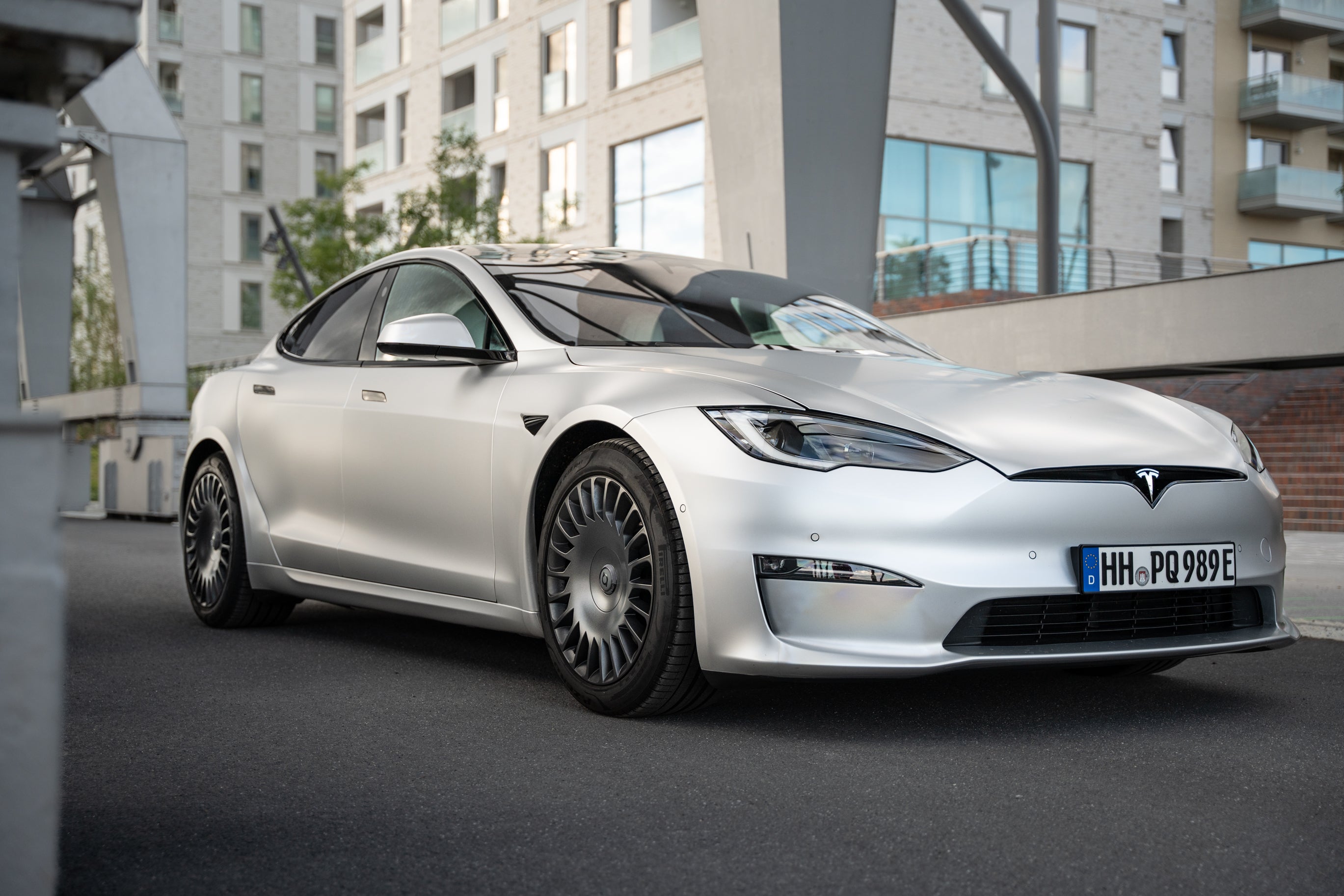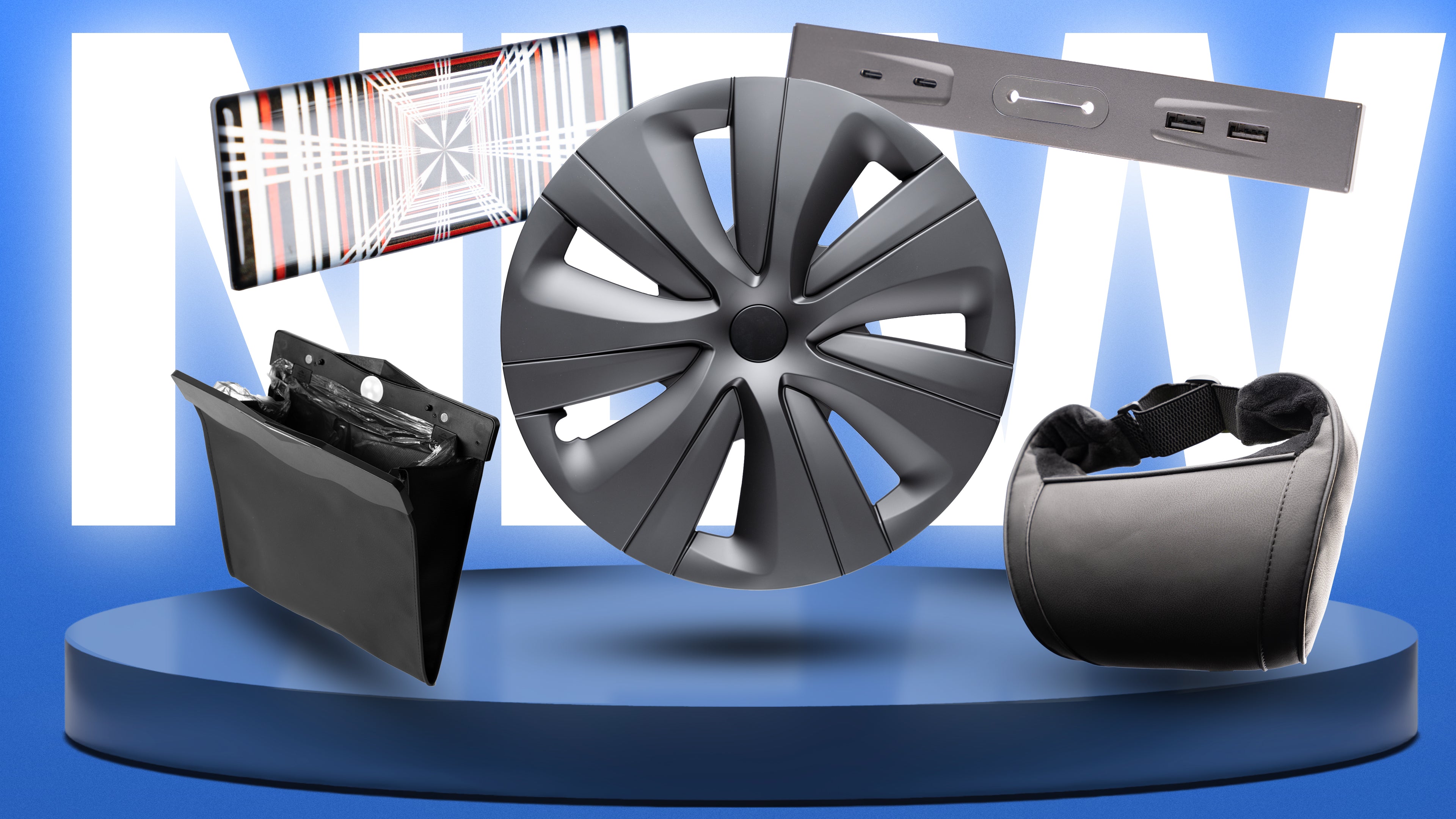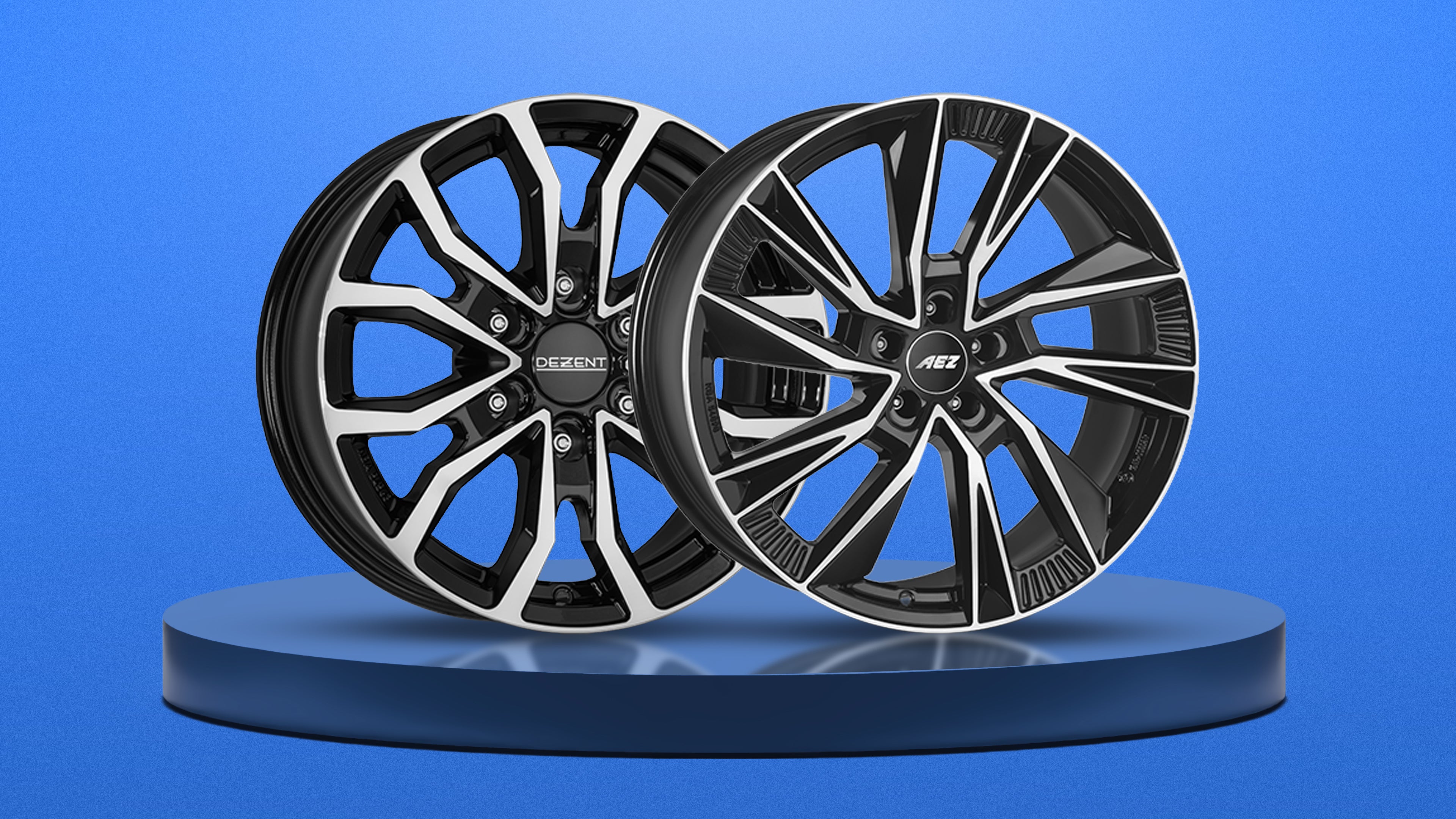Have you also wondered what the Cybercab Structured Light is all about? At the "We, Robot" event, Tesla's autonomous taxi prototype projected a striking laser pattern on the ground - more than just a show effect. In this article, you will find out what Structured Light really means, how it improves the autonomy of the Cybercab, and what other applications arise from it.
What is Structured Light?
Structured Light, often referred to as structured lighting, is a method of machine vision for 3D capture. A known light pattern (lines, dots, or grids) is actively projected onto the environment. A camera detects the distortion of this pattern on objects and calculates precise depth information and 3D point clouds from it.
How it works at a glance
-
Projection of a defined pattern
-
Capture of the pattern deformation by a camera
-
Calculation of distance and shape based on the distortion
Advantages for Cybercab Autonomy
The integration of Cybercab Structured Light offers decisive advantages over pure camera and ultrasound sensor technology:
-
Precise close-range mapping: Detailed detection of curbs or obstacles when parking
-
Improved maneuverability: Accurate shape and distance model in narrow streets or the cyber tunnel
-
Cost efficiency: More affordable 3D sensing than LiDAR systems, without expensive spinning sensors
Structured Light vs. LiDAR
Although both methods use laser light, they differ fundamentally:
| Feature | Structured Light | LiDAR |
|---|---|---|
| Projection | Continuous pattern (grid/points) | Single laser pulses |
| Measurement principle | Analysis of pattern distortion | Time-of-flight measurement |
| Data resolution | High-resolution, dense point cloud | Medium density point cloud |
| Hardware effort | Compact projector + camera | Expensive, rotating sensors and optics |
Structured Light requires a dedicated projector for pattern generation, but is more compact and ideal for short distances.
Further Applications
Tesla could use the structured light alongside 3D sensing for:
-
Visual communication: Projection of driving lines or warning signals on the road surface
-
Passenger guidance: Interactive boarding markers and welcome animations at the boarding point
-
Light shows: Aesthetic effects and ambient experiences in customer centers or at events
Conclusion
The Cybercab Structured Light is more than a show effect – it represents Tesla's innovative strength in the field of 3D sensing and can significantly improve autonomous driving in complex urban environments. Whether as a LiDAR alternative or interactive display element: The structured lighting shows how Tesla combines existing technologies in new ways to create real added value for the robotaxi future.






































